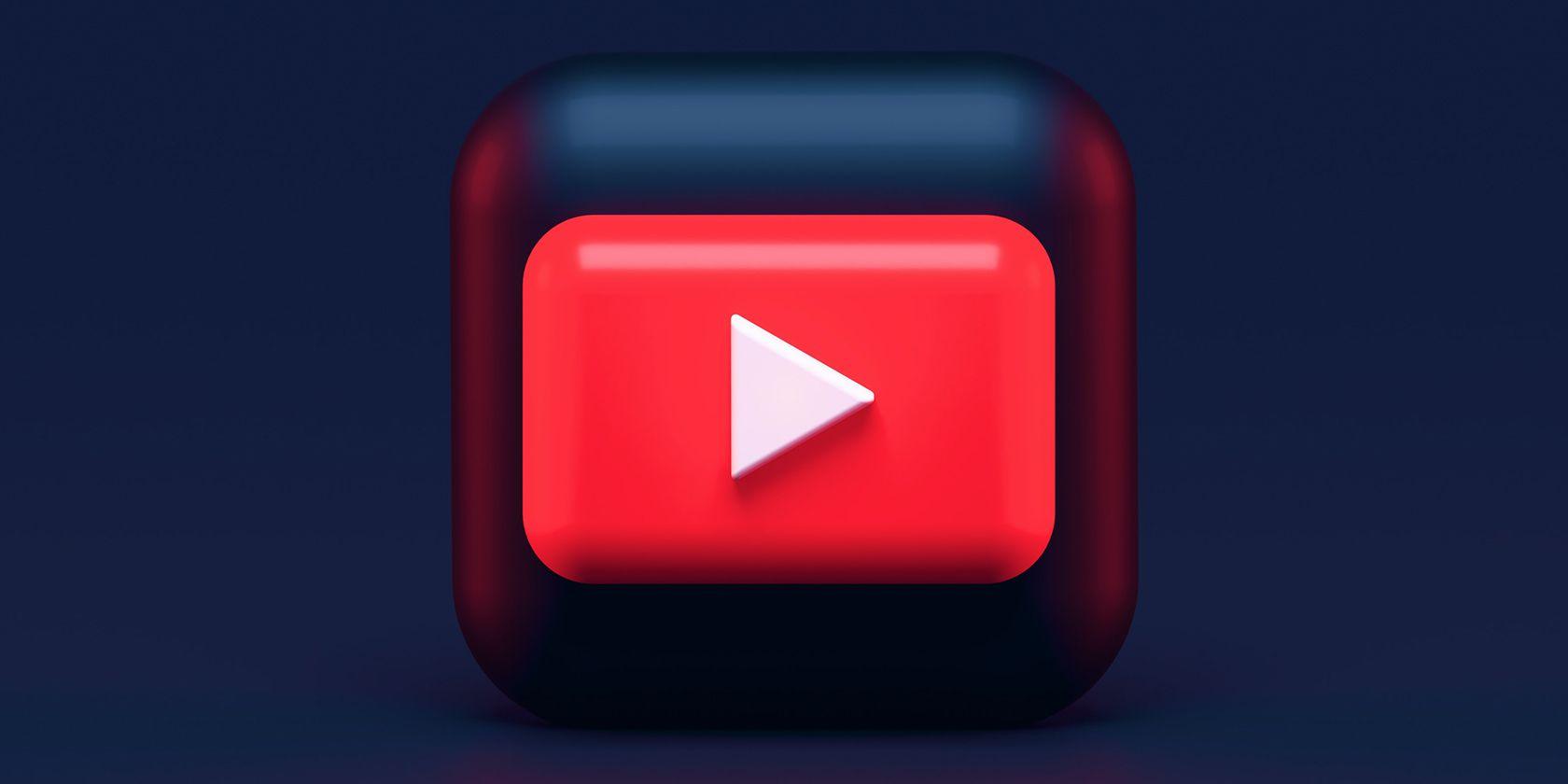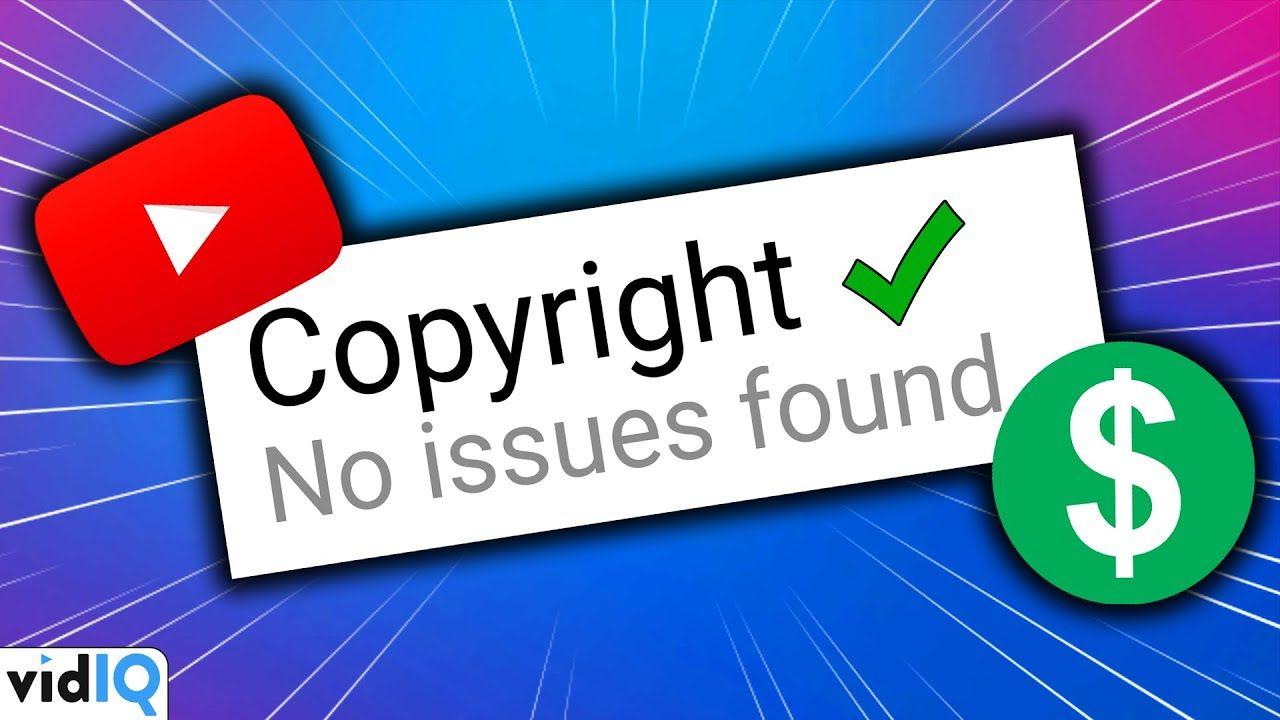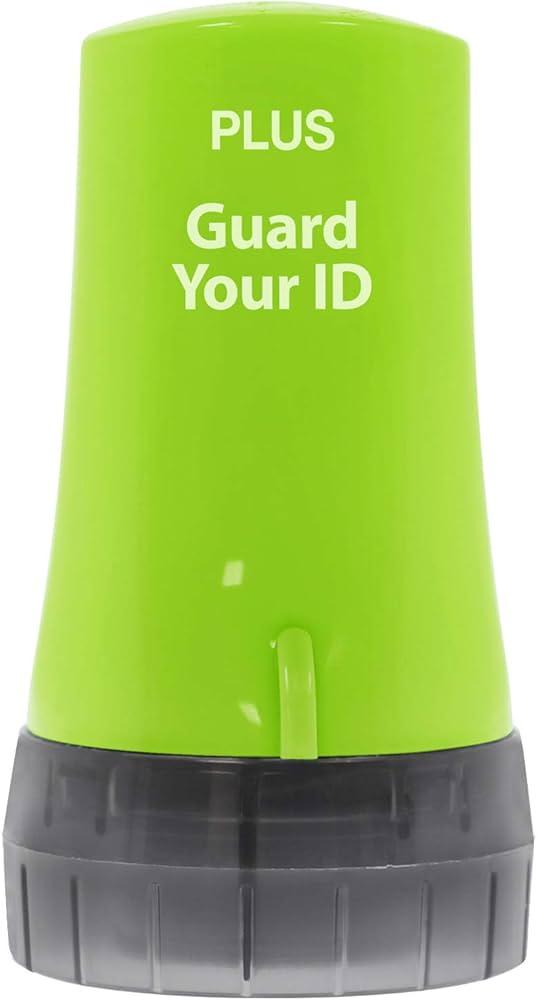
In the vibrant realm of digital media, YouTube stands as a towering colossus, a platform that has transformed ordinary users into influential content creators with vast audiences and undeniable clout. However, behind the glamour of vlogs, unboxings, and viral challenges lies a complex web of legal considerations that many aspiring influencers must navigate to thrive in this competitive landscape. from copyright claims to brand partnerships, defamation risks to FTC regulations, the legal labyrinth that encircles YouTube can be daunting. In this article, we will explore the critical legal issues every YouTuber should be aware of, equipping creators with the knowledge needed to turn their passion into a sustainable career while steering clear of potential pitfalls. Join us as we dissect the essential legal frameworks shaping the world of YouTube influence, offering clarity and guidance for those seeking to make their mark in this dynamic digital arena.
Understanding copyright Claims and Fair Use in Content creation
When diving into the world of YouTube influence, understanding the nuances of copyright claims and fair use is imperative for content creators. Copyright laws serve as guardians of original works,affording creators exclusive rights to their content. However, many creators operate under the assumption that they can freely use snippets of music, clips, or images without considering the implications. This is where the concept of fair use comes into play, allowing limited use of copyrighted material without permission, provided it meets specific criteria, such as purpose, nature, amount, and effect on the market value of the original work. Below are some critical factors that influence fair use:
- Purpose and Character: Non-commercial, educational, or transformative use is often favored.
- Nature of the Work: Using factual content as opposed to creative content can bolster a fair use claim.
- Amount Used: Utilizing a smaller portion of the work enhances the likelihood of fair use.
- Market Effect: If your use negatively impacts the market for the original, it’s less likely to be considered fair use.
Despite the existence of fair use, the lines between permissible use and infringement can sometiems blur, leading to potential copyright claims against unsuspecting creators. In these claims,copyright holders can issue takedown notices,affecting a channel’s standing and monetization options. To mitigate risks, one useful strategy is to document usage intentions and keep track of permissions obtained for any third-party content. below is a simple table representing the differences between fair use and copyright infringement:
| Aspect | Fair Use | Copyright Infringement |
|---|---|---|
| permission Required | No | Yes |
| Purpose | Transformative, educational | Commercial, exploitative |
| Potential Consequences | Protected under law | Possible legal action |

Building a Transparent Brand: The Ethics of Sponsorship and endorsements
In today’s digital landscape, where influencers wield significant power over consumer behavior, the ethical implications of sponsorships and endorsements are more pertinent than ever. Building a transparent brand requires embedding honesty and responsibility into every partnership. Influencers must disclose relationships transparently, ensuring that their audience understands when content is sponsored. This not only strengthens the trust between influencers and their subscribers but also protects both parties from potential legal ramifications associated with deceptive advertising practices. By maintaining a clear line of communication,brands can cultivate authenticity,setting a standard that promotes fair marketing practices.
For brands involved in collaborations, understanding the nuances of ethical sponsorship goes beyond mere compliance. They must ensure that endorsements reflect genuine appreciation for the product or service. Here’s a simple guideline for navigating these complex waters:
- Choose authentic partnerships: Align with influencers who genuinely believe in your brand.
- Encourage creative freedom: Allow influencers to communicate their thoughts authentically, driving a natural connection.
- Focus on mutual goals: Establish objectives that benefit both the influencer and the brand, ensuring a win-win situation.
To illustrate best practices in transparent sponsorships, consider the following table summarizing key components.
| Component | Description |
|---|---|
| Disclosure | Clear labeling of sponsored content to maintain audience trust. |
| Authenticity | Ensuring endorsements come from genuine experiences with the product. |
| Ethical Standards | Adhering to regulations and industry guidelines to promote fairness. |

Protecting Personal Identity: Privacy Concerns for Influencers
In the digital age,influencers frequently enough find themselves under a spotlight that combines popularity with vulnerability. As they share personal experiences and day-to-day activities, they inadvertently expose themselves to various privacy risks. Breaches of personal identity can manifest through data mining, phishing attacks, or even doxxing, leading to a range of potential consequences that go beyond the virtual realm. Influencers need to be aware of the critical steps they can take to safeguard their identities:
- Limit personal data: Avoid sharing specific details such as home addresses or phone numbers.
- Utilize privacy settings: Regularly review account settings on all social media platforms to ensure optimum privacy.
- Be cautious with collaborations: Choosing reputable brands can help minimize exposure to fraudulent activities.
The legal landscape surrounding digital privacy for influencers continues to evolve, posing unique challenges. Laws regarding data protection vary widely across regions,which makes understanding these regulations imperative for maintaining a secure online presence. Familiarizing oneself with terms like GDPR and COPPA becomes essential; it can provide influencers with clarity on their rights and responsibilities. Below is a simple breakdown of crucial laws that influencers should no:
| Law | Region | Key Focus |
|---|---|---|
| GDPR | EU | Data protection and privacy |
| COPPA | USA | Children’s online privacy |
| CCPA | California, USA | Consumer rights and data privacy |

Contractual Clarity: Navigating Agreements with Brands and Platforms
In the bustling ecosystem of digital influence, maintaining clear contractual agreements with brands and platforms is paramount for youtube creators. Contracts serve as the backbone of these partnerships, offering protection and clarity for all parties involved. When entering into agreements, it’s essential to focus on several key elements to ensure that expectations and responsibilities are well defined. Consider addressing:
- Deliverables: Specify what content is to be created, including format, length, and themes.
- Compensation: Clearly outline financial agreements, including payment schedules and any performance-based incentives.
- Usage Rights: Define how the content will be used, whether exclusivity is required, and any limitations on distribution.
- Termination Clauses: Include conditions under which either party may terminate the contract, ensuring a mutual understanding of consequences.
Equally crucial is the need for transparency around brand partnerships. influencers should strive for agreements that protect their authenticity while aligning with the brand’s vision. As you navigate these discussions,consider creating a comparison table to evaluate different offers from brands:
| Brand | Compensation | Deliverables | Exclusivity |
|---|---|---|---|
| Brand A | $1,500 | 1 video,3 Posts | No |
| Brand B | $2,200 | 2 Videos,1 Post | Yes (6 months) |
| Brand C | $1,800 | 1 Video,2 Posts | No |
By carefully evaluating these aspects,content creators can navigate the contractual landscape with confidence,ensuring their rights and interests are safeguarded while fostering successful collaborations.
Closing Remarks
As we journey through the intricate corridors of YouTube influence, it becomes increasingly clear that mastering the platform goes beyond creative expression and audience engagement. The legal labyrinth surrounding content creation demands not just innovative thinking but also a vigilant understanding of rights, regulations, and responsibilities. From navigating copyright claims to deciphering disclosure norms for sponsored content, the path to success is paved with both opportunities and challenges.
As you step back from this exploration, remember that each twist and turn in the legal framework is not merely an obstacle but also a chance for growth and learning. Equip yourself with the knowledge to not only protect your brand but also to foster a community built on trust and transparency. By embracing the complexities of the legal landscape, you can not only elevate your influence but also contribute to a richer, more responsible online ecosystem.
the true art of being a YouTube influencer lies in your ability to blend creativity with compliance, artistry with awareness.As you continue to create, engage, and inspire, let this understanding guide your journey through the evolving realm of digital influence. The labyrinth may be daunting, but with every step you take, you bring clarity not only to your own path but also to those who follow in your footsteps.